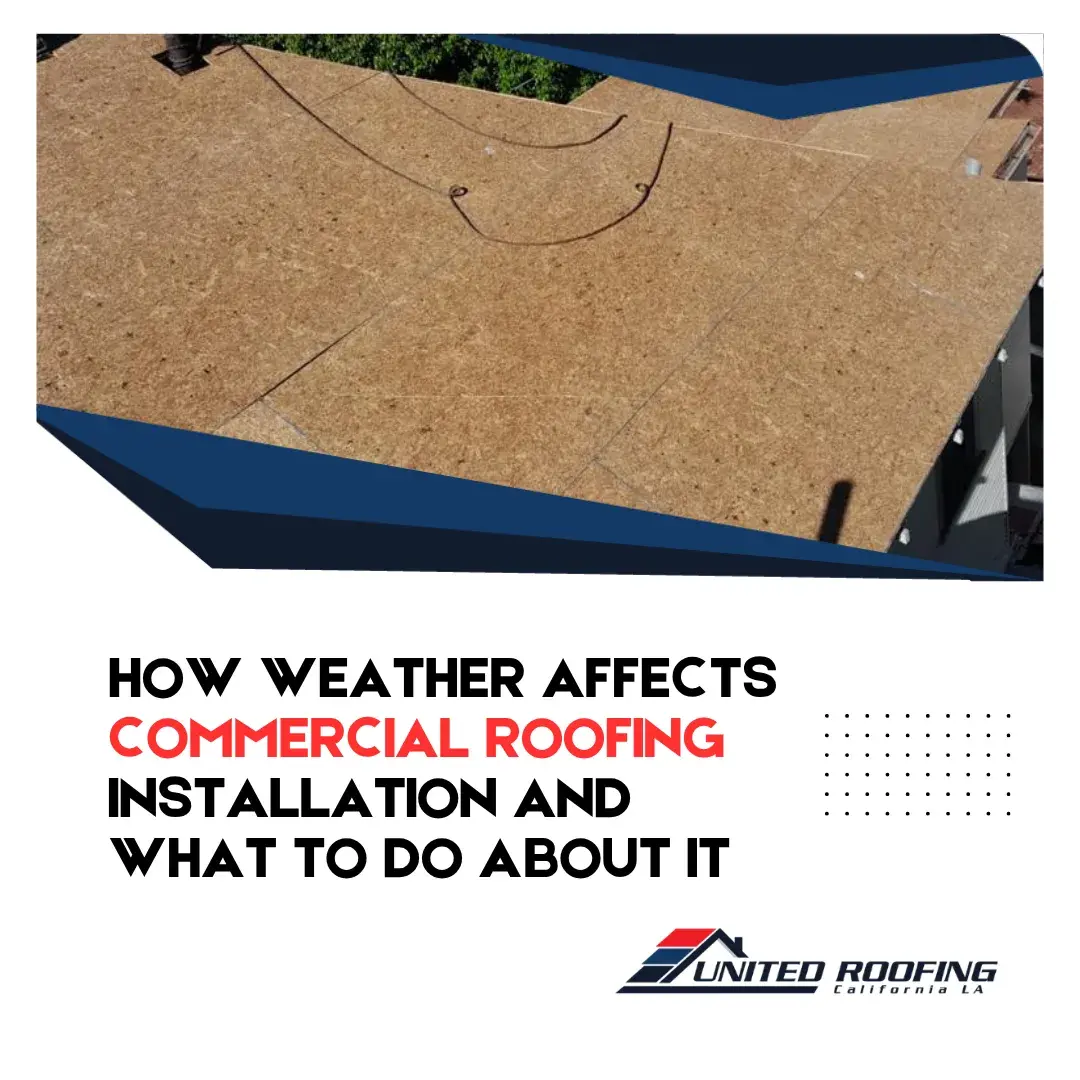Weather is one of the most influential factors in any commercial roofing project. While modern roofing systems are built for durability, the installation process itself can be significantly affected by changing weather conditions. From planning delays to material performance, understanding how different climates impact your project helps ensure a smoother and safer experience. Whether you’re managing a re-roof or a new installation, preparation is key to navigating weather-related challenges in Commercial Roofing.
Rain and Moisture-Related Delays
Rain can quickly bring a roofing installation to a halt. Wet surfaces are unsafe for crews and can compromise adhesives, insulation, or moisture-sensitive materials. Water that enters during construction may also damage decking and insulation before the roof is fully sealed. For Commercial Roofing projects, contractors often monitor weather forecasts closely and implement covering systems to protect open roof areas if sudden showers occur. Proper planning helps reduce moisture-related interruptions and protects your investment.
Heat, Sun Exposure, and Material Handling
High temperatures and direct sunlight can also pose challenges during installation. Some roofing membranes expand or become too pliable in heat, affecting alignment and long-term adhesion. Worker fatigue and safety risks increase under intense sun, often leading to reduced productivity. Professional roofing contractors adjust installation schedules to avoid peak heat hours and use heat-resistant materials suited for the project environment. These adjustments maintain the quality of the installation and protect worker health.
Cold Weather and Winter Conditions
In colder regions, low temperatures can make certain materials brittle or difficult to apply. Adhesives may not cure properly, and synthetic membranes may stiffen, causing alignment issues. Snow and ice buildup on the roof deck can also delay work and create hazardous conditions. To mitigate this, experienced roofing teams use winter-formulated products and schedule projects during milder breaks in cold weather. Ensuring proper surface prep and storage of materials can reduce cold-weather risks significantly.
Wind and Storm Preparedness
Wind can impact both safety and material performance. During installation, high winds may displace materials, create fall hazards, or interfere with insulation placement. For commercial roofing systems with larger surface areas, wind uplift resistance is also a critical consideration. Temporary edge securements and reinforced fastening systems are commonly used to protect partially completed roofs. Choosing a contractor who understands wind load requirements and local storm patterns ensures your roof is not only installed correctly but also built to endure extreme conditions long after the job is complete.
Learn More
Speed Up Commercial Roofing Installation Without Compromising Quality
Top Causes of Delays in Commercial Roofing Installation and How to Avoid Them

